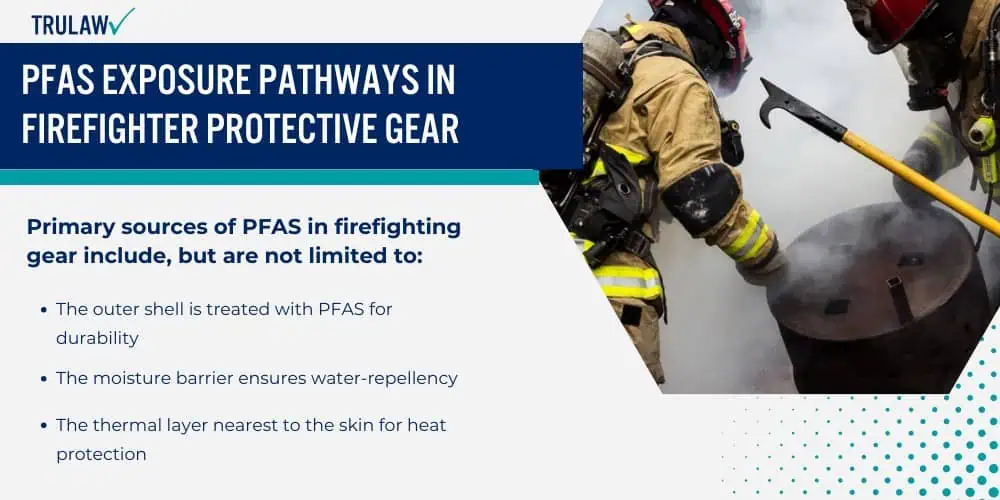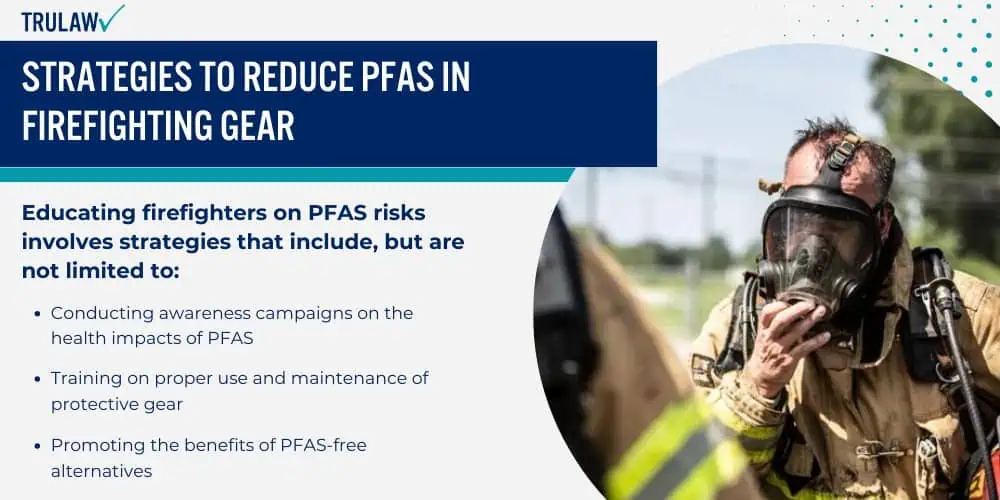PFAS, or per and polyfluoroalkyl substances, are a group of man-made chemicals found in various firefighter gear.

These chemicals are known for repelling water and resisting stains, making them a common component in protective clothing.
However, their persistence in the environment and human body raises serious health concerns.
What is PFAS? Per and Polyfluoroalkyl Substances Explained
PFAS are a large family of synthetic chemicals used in many industrial and consumer products, including firefighter gear.
These substances provide the necessary water repellency and durability required for effective firefighting.
PFAS are highly resistant to breaking down despite their functional benefits, leading to their nickname, forever chemicals.
PFAS in firefighter gear is concerning for reasons that include, but are not limited to:
- Their classification as PFAS chemicals
- Their role as poly-fluoroalkyl substances
The widespread use of PFAS compounds in firefighting gear highlights the need to thoroughly understand and scrutinize their long-term environmental and health impacts.
Health Risks of PFAS Exposure in Firefighter Gear
The health risks associated with PFAS exposure are significant, particularly for firefighters who experience higher levels of exposure than the general population.
Studies have linked PFAS to a range of adverse health effects, including thyroid disease, liver damage, and various forms of cancer.
Firefighters’ frequent contact with PFAS-treated gear increases their risk of developing these health issues.
Health risks from PFAS exposure in firefighter gear include, but are not limited to:
- Increased risk of thyroid disease and liver damage
- Potential links to occupational cancer
- Broader health effects observed in the general population
Given these risks, it is crucial to address the presence of PFAS in firefighting gear and explore safer alternatives to protect firefighters’ health and safety.
Historical Use and Importance of Firefighter Gear
Firefighter gear, or turnout gear, has evolved to provide maximum protection against fire, heat, and hazardous chemicals.
Including PFAS in this gear has been crucial for ensuring water repellency and durability, especially in high humidity and harsh conditions.
Despite these benefits, the long-term health implications of PFAS exposure are now raising significant concerns.
The historical importance of PFAS in firefighter gear stems from factors that include, but are not limited to:
- Their role in turnout gear
- Their use in various firefighter gear
- Enhancing protective gear and equipment
Understanding the evolution of firefighter gear highlights the balance between protective benefits and health risks.
The ongoing debate over PFAS use reflects the need for safer alternatives to protect firefighters from the immediate dangers of their work and the long-term health risks associated with PFAS exposure.










